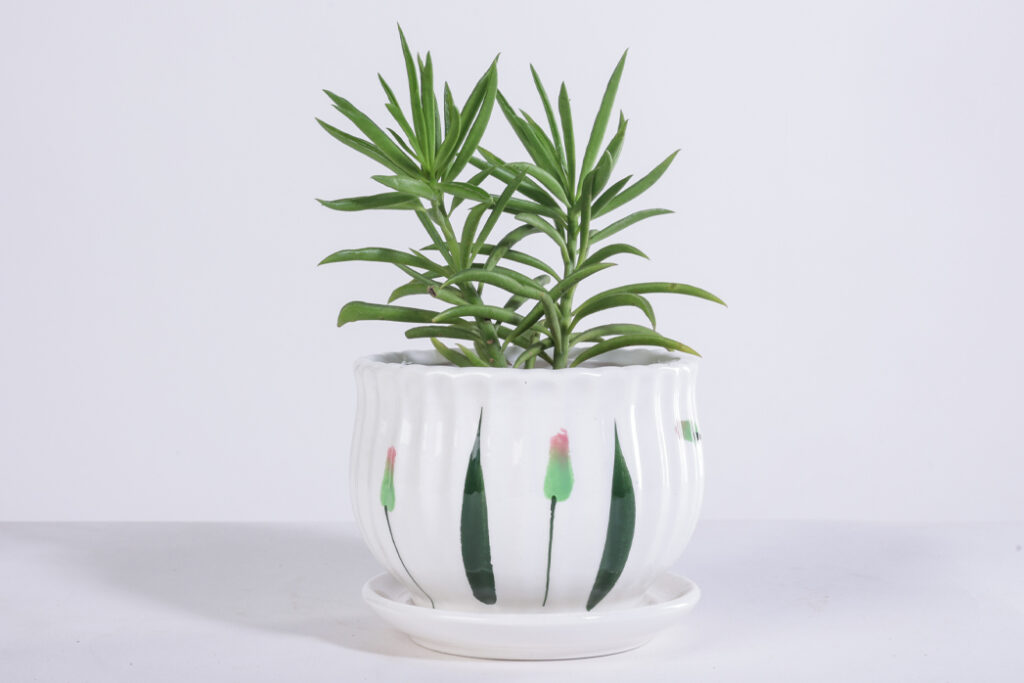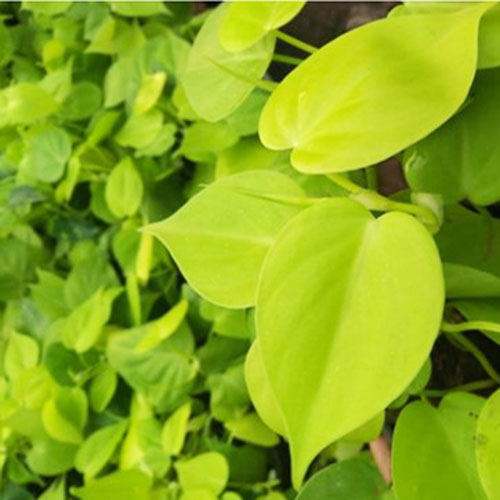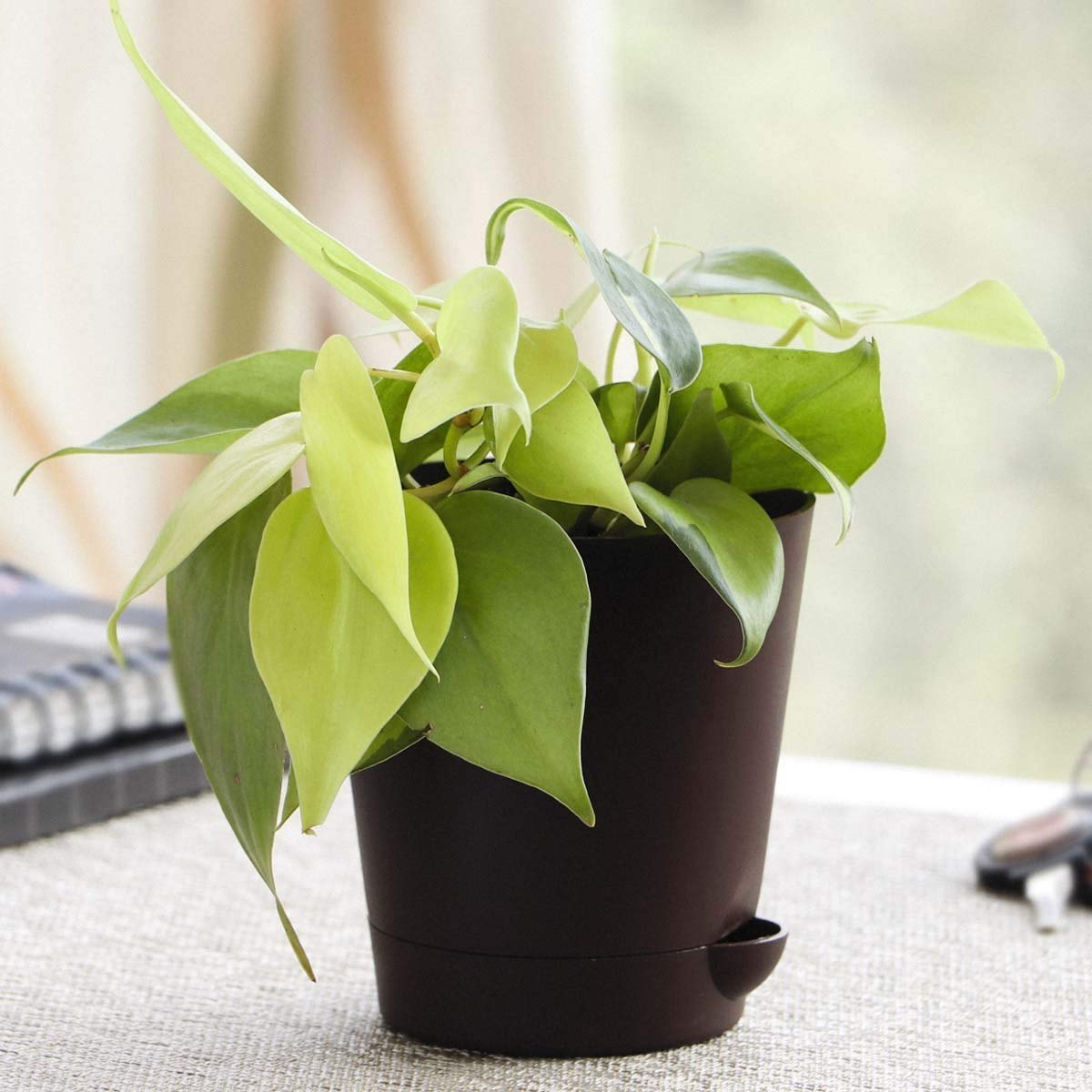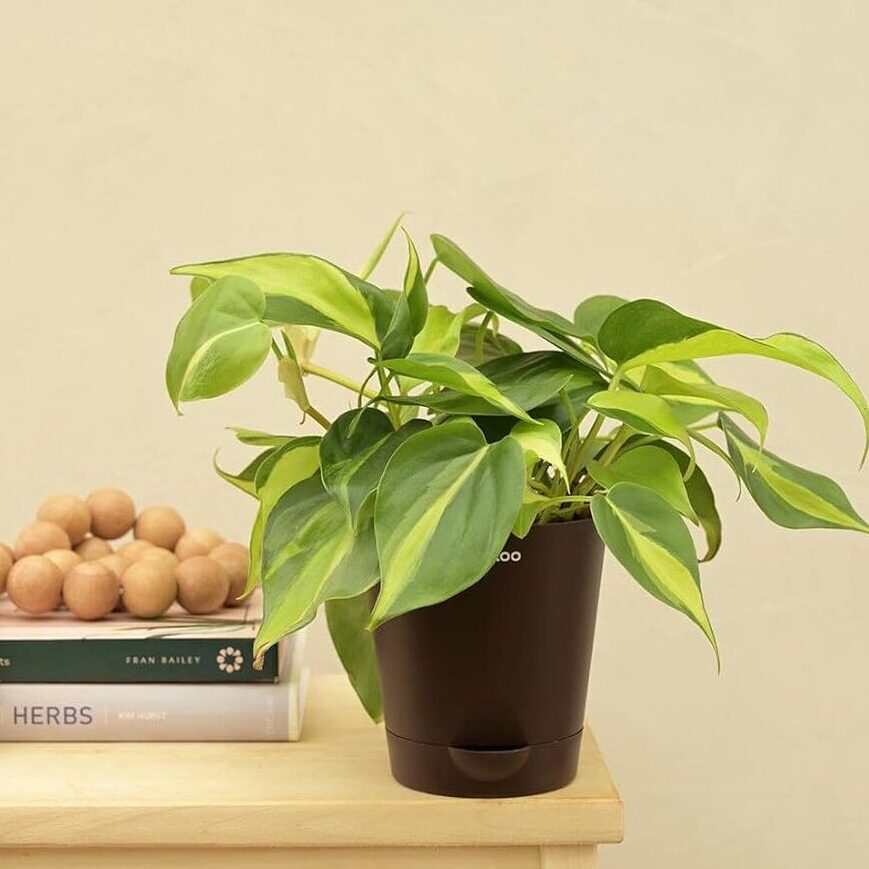Roof2Roots
Shop
Mistletoe Cactus Plant
Home Mistletoe Cactus Plant





Misteleto Cactus
General Information
- Common Names: Mistletoe Cactus, Rhipsalis, Chain Cactus
- Scientific Name: Rhipsalis baccifera
- Family: Cactaceae (Cactus family)
- Origin: Native to Central and South America, the Caribbean, and some parts of Africa and Madagascar; it is the only cactus species found naturally outside the Americas.
Description
- Mistletoe Cactus (Rhipsalis baccifera) is a unique type of epiphytic cactus known for its trailing, cascading growth habit and slender, pencil-like stems. Unlike many other cacti, it thrives in tropical, rainforest-like environments, making it well-suited for indoor growing. It’s an ideal plant for hanging baskets or as a draping feature on shelves, where its long, trailing stems can be showcased.
- Stems: Thin, cylindrical, and green, often growing in long, trailing strands. The stems are typically unsegmented, giving them a smooth, continuous appearance. They can grow up to 3-6 feet (0.9-1.8 meters) in length.
- Leaves: Unlike typical cacti, Mistletoe Cactus lacks the spines commonly associated with its family, and its leaves are minimal or absent. Its stems perform the function of photosynthesis.
- Flowers: Small, white to pale yellow flowers appear sporadically along the stems. These blooms are usually less than half an inch wide and can be fragrant. They are followed by small, white to pinkish, berry-like fruits, which are often translucent and resemble mistletoe berries.
- Growth Habit: Trailing or hanging, the plant can form a dense, bushy mass of stems. It is well-suited for hanging baskets, where it can grow and cascade over the sides.
Share This :
Benefits
Plant Care
Benefits
- Aesthetics: Adds beauty and color to indoor spaces with its striking and varied foliage. Chinese Evergreen varieties come in a range of colors, making them versatile for different interior design styles.
- Low Maintenance: Ideal for beginners and busy individuals due to its hardy nature and tolerance for a range of indoor conditions.
- Air Purification: Helps improve indoor air quality by absorbing carbon dioxide and releasing oxygen. Its presence in living spaces contributes to a healthier environment.
- Versatile: Suitable for hanging baskets, shelves, or high ledges where its trailing habit can be appreciated. It can also be used in combination with other plants in a mixed display.
Plant Care
Growing Conditions
- Light:
- Prefers bright, indirect light. While it can tolerate some direct sunlight, too much can scorch the stems. It thrives in filtered light conditions, such as under a canopy in its natural habitat. Avoid placing it in low-light areas as it can lead to weak, leggy growth.
- Watering:
- Unlike desert cacti, Mistletoe Cactus prefers more consistent moisture. Water regularly, allowing the top 1-2 inches of soil to dry out between waterings. Overwatering should be avoided, as it can lead to root rot. Reduce watering during the winter months when the plants growth slows.
- Humidity:
- Thrives in high humidity environments, similar to those found in rainforests. Regular misting, using a humidity tray, or a room humidifier can help maintain optimal humidity levels, especially in dry indoor conditions or during winter.
- Temperature:
- Ideal temperature range is 60-80°F (15-27°C). It should be protected from cold drafts and temperatures below 50°F (10°C), as it is sensitive to cold.
- Soil: Prefers a well-draining, airy potting mix. A mix designed for epiphytic plants, like orchids, or a cactus mix with added perlite and peat moss, is suitable. The soil should retain some moisture but not stay soggy.
- Fertilization: Feed with a balanced, water-soluble fertilizer diluted to half-strength every 4-6 weeks during the growing season (spring and summer). Fertilizing is generally unnecessary in the fall and winter when growth slows. Propagation Mistletoe Cactus can be easily propagated through:
- Stem Cuttings: Cut a healthy segment of the stem, ideally 4-6 inches long. Allow the cutting to dry for a day or two to callous over, then place it in moist, well-draining soil. New roots will develop within a few weeks, after which the cutting will begin to grow.
- Common Issues
- Yellowing Stems: Often a sign of overwatering or poor drainage. Ensure the pot has drainage holes, and allow the soil to dry out between waterings.
- Wrinkled or Shrinking Stems: Indicate underwatering. Increase watering frequency while ensuring the soil is well-draining.
- Pests: Susceptible to pests such as mealybugs and spider mites. Inspect the plant regularly and treat infestations with insecticidal soap or neem oil.
- Root Rot: Caused by excessive watering or poorly draining soil. Use a well-draining potting mix and reduce watering frequency to prevent this issue.
- Care Tips
- Use a pot with drainage holes to prevent water from accumulating at the bottom and causing root rot.
- Clean the stems regularly with a soft cloth or gentle spray to remove dust and keep the plant looking vibrant and healthy.
- Rotate the plant periodically to ensure even growth and exposure to light.
- Trim the stems as needed to maintain the desired length and shape and to remove any damaged or unhealthy growth.
Conclusion:
- The Mistletoe Cactus is a distinctive and low-maintenance plant that can thrive in a variety of indoor conditions. Its trailing, delicate stems make it an excellent choice for adding a touch of greenery to hanging baskets or high shelves. With the right care, it can bring a sense of the rainforests lush, green beauty into any indoor space.
